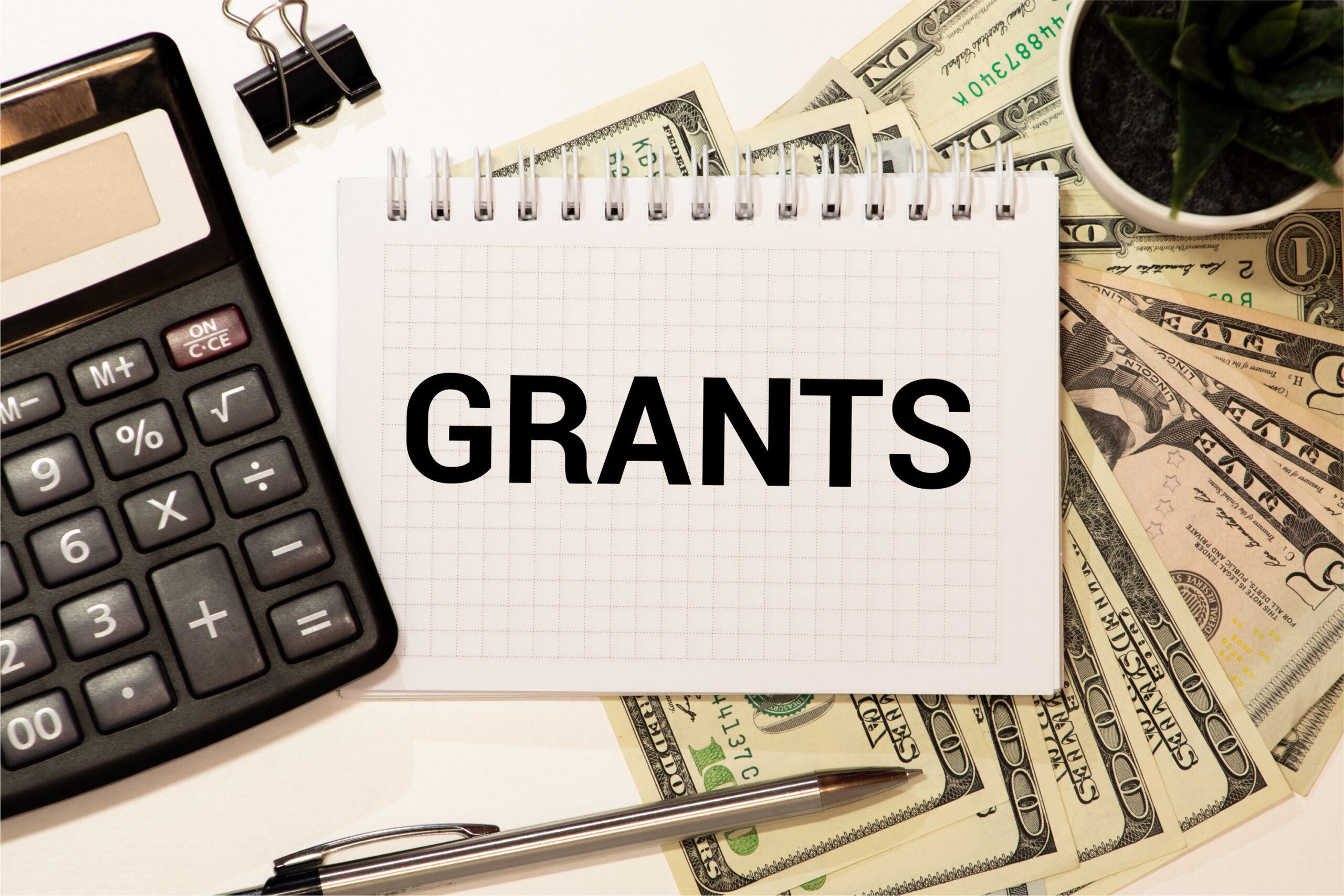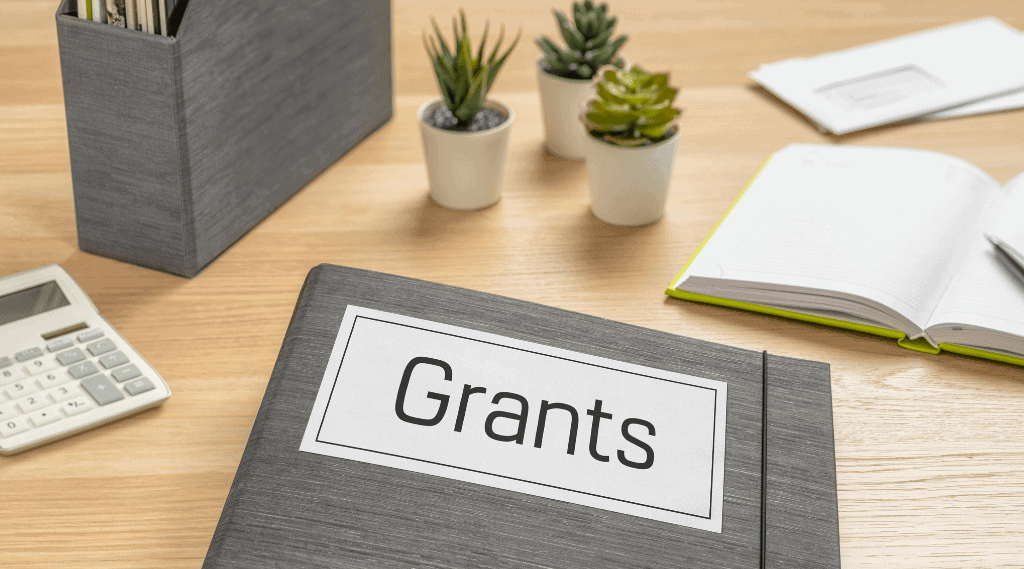Grant writing has always been a mix of creativity, research, and careful planning. I have seen how hard it can be to put together a proposal that clearly communicates your ideas and meets the strict requirements of funders.
Lately, I have noticed that artificial intelligence is starting to play a big role in this process. AI tools are not here to replace human effort; they help make the process smoother, faster, and even a bit more creative.
A New Approach to an Old Task
I remember the days when I spent hours poring over guidelines, trying to match my words to funding requirements. Now, AI helps me organize thoughts, spot patterns in data, and even polish the language in my proposals. AI algorithms can analyze successful proposals, suggest improvements, and even generate drafts that you can then tailor to your specific needs.
According to a recent report by Forbes, the adoption of AI in various professional fields has grown by nearly 270% over the past couple of years. This trend is not just for big corporations. Smaller nonprofits and research groups are starting to see the benefits of using AI in grant writing.
The Benefits of Using AI
One of the biggest advantages I have seen is the time saved. AI tools can quickly scan through large amounts of text and data. They highlight key information and even suggest the best structure for your proposal. This means you spend less time sorting through details and more time on the creative aspects of your work.
Another benefit is improved clarity. AI can suggest ways to simplify complex ideas, making your proposal easier for reviewers to understand. Some AI tools even provide insights into which parts of a proposal might need extra detail or better-supporting evidence. For example, a tool might point out that your budget section could use clearer numbers or that your project description might benefit from a real-life example.
Just Before You Go
Empower individuals to overcome barriers, gain essential skills, and secure gainful employment through our proven programs—KeelMaster, KeelWings, and KeelMate. Your support can spark change and build brighter futures.
Donate NowMany AI solutions also check for consistency and help maintain a professional tone. They work as a second pair of eyes, ensuring that your narrative flows logically and all sections of your proposal align with each other. This kind of support can be especially useful when you’re dealing with strict word limits and detailed guidelines.
Real-Life Examples and Tools
I have personally explored a few AI-powered platforms designed for grant writing. Some of these tools offer features like template generation, keyword suggestions, and even data analysis that highlights trends in successful proposals.
For instance, tools like Grants.io and GrantForward have begun incorporating AI to help users find the best funding opportunities and tailor their proposals accordingly.
These platforms not only save time but also help in improving the overall quality of the grant application. The ability to quickly gather relevant data and compare it against successful proposals means you can refine your approach with each new submission. I have found that this leads to a higher chance of success in receiving funding.
How AI Improves the Writing Process
When using AI in grant writing, one of the first things I do is input all the relevant data about my project into the tool. The AI then suggests a structure for the proposal. This structure usually includes sections like an introduction, a clear statement of the problem, a detailed description of the proposed solution, and a realistic budget outline. By following these suggestions, I have noticed that my proposals become more coherent and easier to follow.
Another way AI assists me is by analyzing previous proposals. The tool can pick up on patterns that might have worked well in the past and suggest similar approaches. It can also flag any repetitive language or sections that might seem too generic. In fact, some studies have shown that proposals refined with the help of AI have a success rate improvement of up to 20% compared to those crafted without it. You can read more about these trends on TechCrunch.
Challenges and Considerations
Of course, no tool is perfect. AI can help a lot, but it still needs guidance from a human expert. The tool might suggest changes that do not fully capture the unique aspects of your project. It is important to use AI as a helper rather than relying on it entirely. I always take the final decision on how to present my ideas and make sure that the human touch is still present in the proposal.
There is also the matter of privacy and data security. When using AI tools, it is essential to choose services that follow strict data protection guidelines. I always look for platforms that have a clear privacy policy and a strong reputation for security.
Ethical Use of AI in Grant Writing
Using AI in grant writing brings up questions about originality and fairness. It is important to ensure that the work remains true to your own ideas. I use AI to enhance my proposals, not to replace my own creativity. Keeping a balance between automated suggestions and personal insight is key. Funders appreciate authenticity, and it is the unique perspective you bring to your work that often makes the difference.
Tips for Getting the Most Out of AI Tools
If you are new to AI in grant writing, here are some tips that I have found useful:
- Start with a Clear Plan: Before diving into the tool, have a clear outline of your project. This makes it easier for the AI to understand what you need.
- Review Suggestions Carefully: Use AI recommendations as a starting point. Always revise the text to ensure it matches your voice and accurately reflects your ideas.
- Keep an Eye on Data Security: Only use trusted platforms with good reviews and clear privacy policies.
- Combine AI with Personal Research: While AI is great at highlighting trends, your personal research and insights are irreplaceable. Use both to create the best proposal possible.
Frequently Asked Questions
What exactly is AI in grant writing?
AI in grant writing refers to the use of computer algorithms to help draft, review, and optimize grant proposals. These tools analyze data, suggest structures, and help improve the language and clarity of the proposal.
How can AI save time in the grant writing process?
AI tools can quickly scan through guidelines and past proposals to suggest a structure and key points. This cuts down the time you would spend on researching and organizing your content manually.
Can AI replace human insight in grant writing?
No, AI should be seen as a helper. It can provide suggestions and check for consistency, but the creative and personal aspects of your proposal should always come from you.
Is it safe to use AI tools for sensitive grant proposals?
Most reputable AI platforms have strict data security measures. However, it is important to review their privacy policies before uploading any sensitive information.
Where can I find more information about AI tools for grant writing?
You can visit websites like Grants.io or GrantForward for detailed insights and tool options. These sites offer more in-depth reviews and resources on the use of AI in the grant writing process.
Further Resources
- Grant Professionals Association: For guidance on best practices in grant writing and updates on the latest tools. Visit their website.
- Forbes Technology Council: Articles on how AI is reshaping different industries, including grant writing. Read more on Forbes.
- TechCrunch: News and updates on the latest AI innovations in professional fields. Check TechCrunch here.
- OpenAI Blog: Insights into AI developments and practical applications. Explore OpenAI.
Wrapping Up
AI is opening up new possibilities in the world of grant writing. It makes the process less time-consuming and helps bring out the best in your proposals. While it offers many advantages, it is not a magic solution. I still believe that the human element – the passion, creativity, and unique insight you bring to your project – remains essential.
This technology is evolving quickly, and as I continue to explore its capabilities, I find that the balance between automated help and personal expertise is what makes a proposal truly shine. AI is not here to replace your hard work but to give you more time and space to focus on the parts of grant writing that truly require your unique touch.
As I look ahead, I wonder how much more AI can evolve to meet the challenges of crafting the perfect proposal. What new features or tools might emerge that will further change the way we approach grant writing?
Just Before You Go
Empower individuals to overcome barriers, gain essential skills, and secure gainful employment through our proven programs—KeelMaster, KeelWings, and KeelMate. Your support can spark change and build brighter futures.
Donate Now



